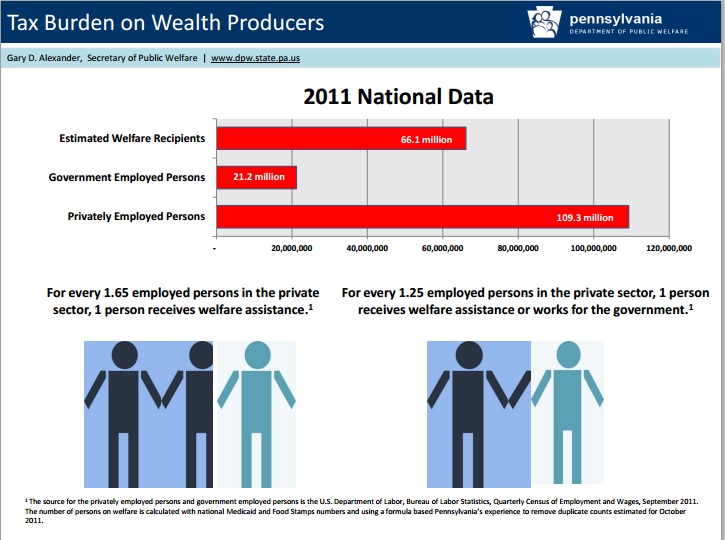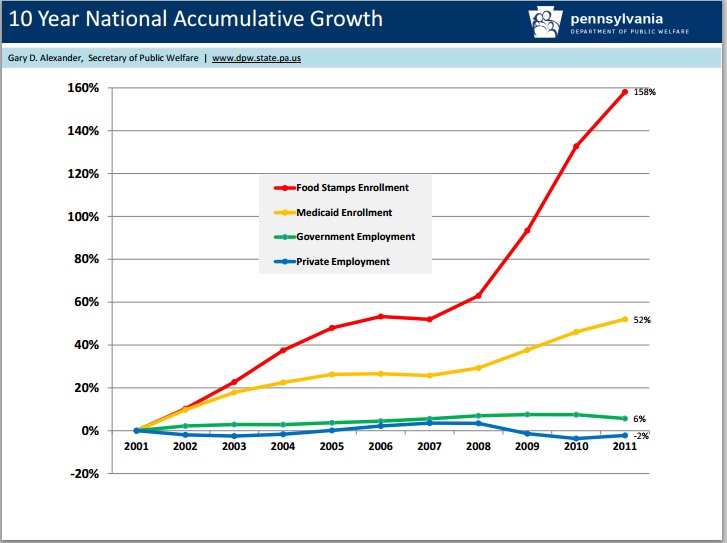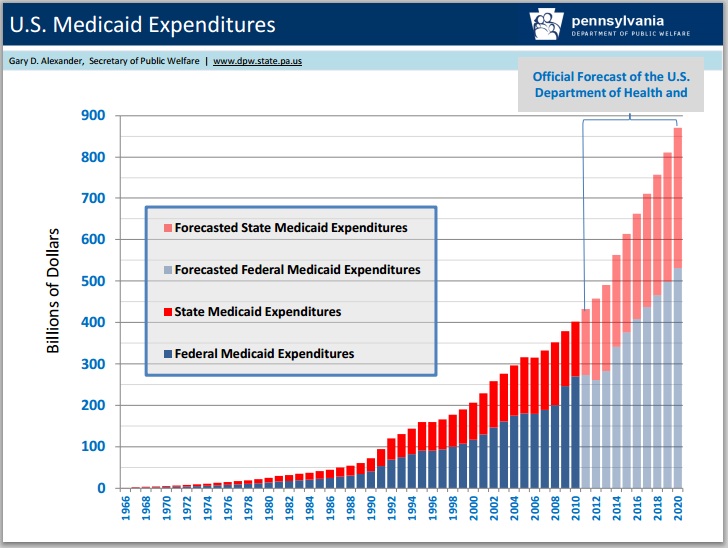Senators Lamar Alexander (R, TN) and Tim Scott (R, SC) are proposing legislation that would address income inequality (while acknowledging that income inequality by itself is not, of necessity, bad) by addressing a critical aspect of opportunity equality (or inequality): education.
While I disagree with the details of the plans, the two Senators most assuredly are on the right track.
Alexander’s proposed bill, the Scholarships for Kids Act, would transfer Federal dollars to States, and each State then would determine how parents could apply the funding. Scott’s proposed bill, the CHOICE Act, would use Federal transfers to States to facilitate each State’s ability to supplement existing scholarship programs for “military families, those with children facing physical challenges, and students in impoverished areas.”
I remain adamantly opposed to using our Federal tax code for social engineering; that simply distorts the market being engineered. Such Federal transfers have two additional seriously negative aspects: they maintain State addiction to Federal handouts, and they transfer citizens’ Federal tax dollars from, for instance, those of bankrupt Illinois to those of more flush Iowa.
It is encouraging, though, to see Alexander and Scott acknowledging the need for each State to be responsible for its own education spending (albeit with OPM) and for identifying and addressing its unique education needs. We just need to eliminate Federal involvement (and resulting Federal diktats) from the equation.
For all that, the proposed legislations are steps in the right direction, and I don’t oppose them outright—but we need to take care in the next Congressional session to move these programs, and other programs involving Federal transfers, in the direction of eliminating the transfers altogether by eliminating the taxes that produce the funds being transferred. Those funds should not be taken out of the pocketbooks of those who earned them.
Equality of opportunity will inevitably lead to unequal incomes (and to unequal outcomes, generally), but that opportunity will allow everyone to prosper to the extent each one is willing to work and has the talent to do so. Education is one of a very few critical aspects of that opportunity.







